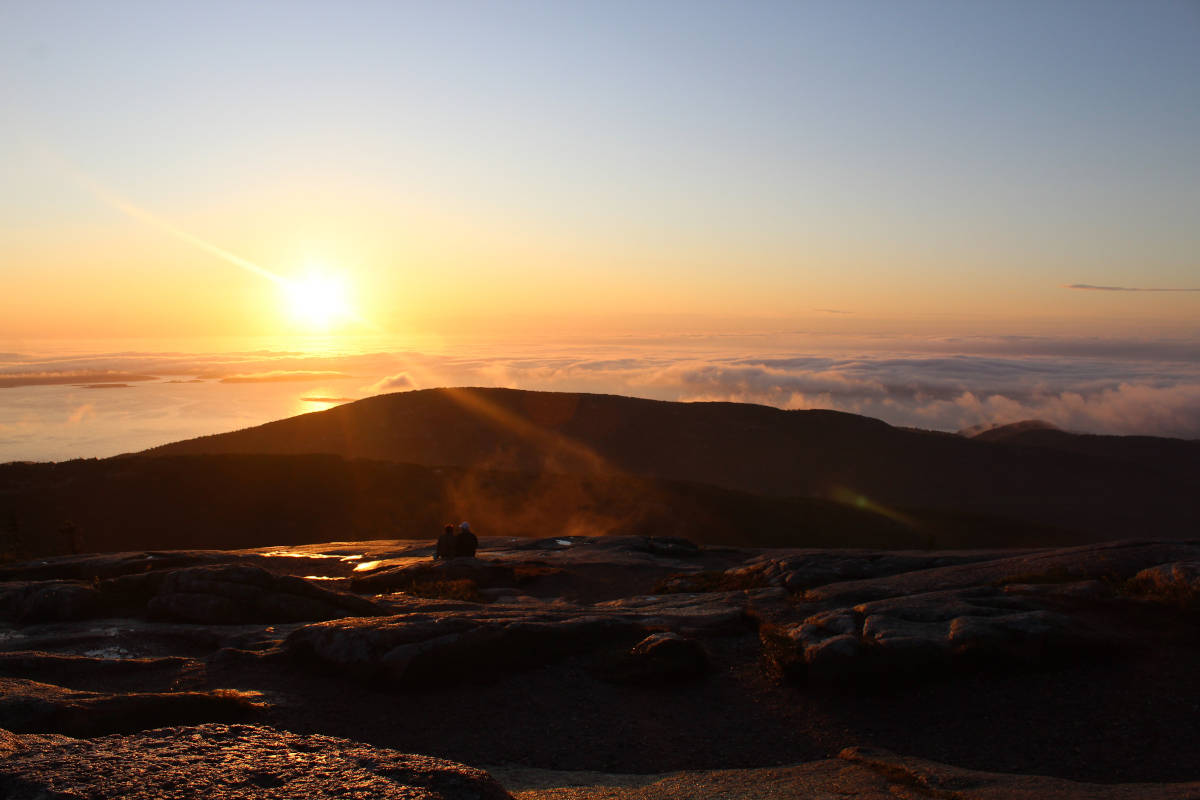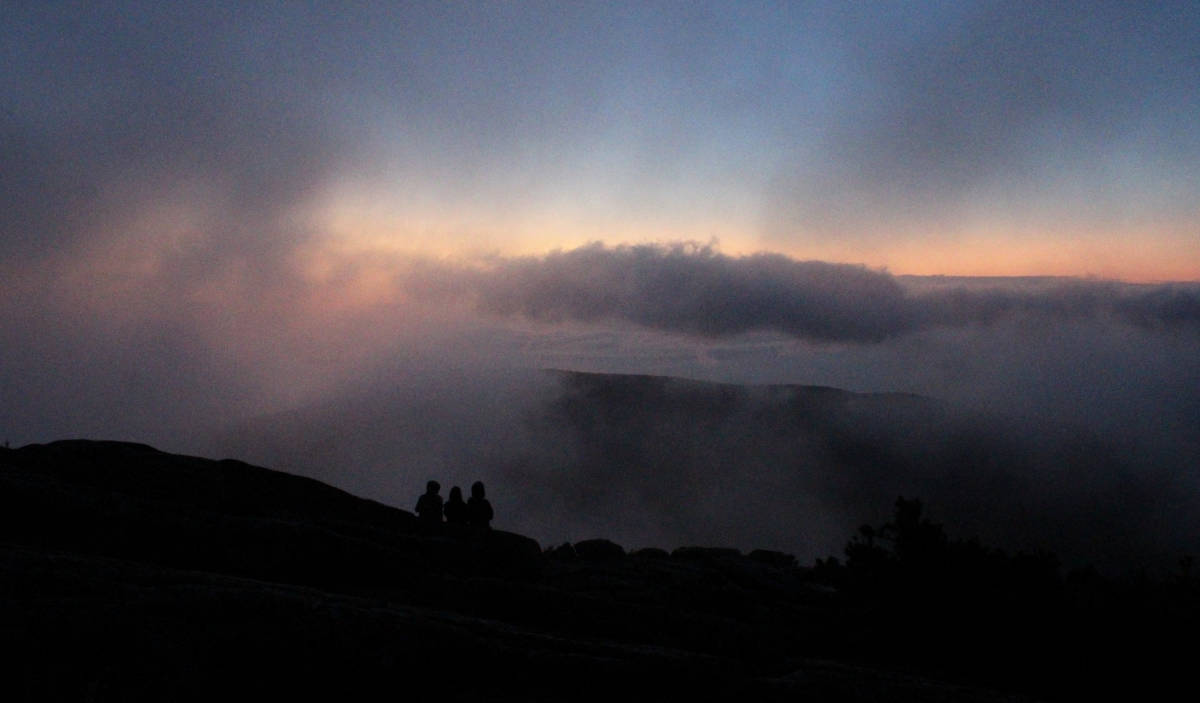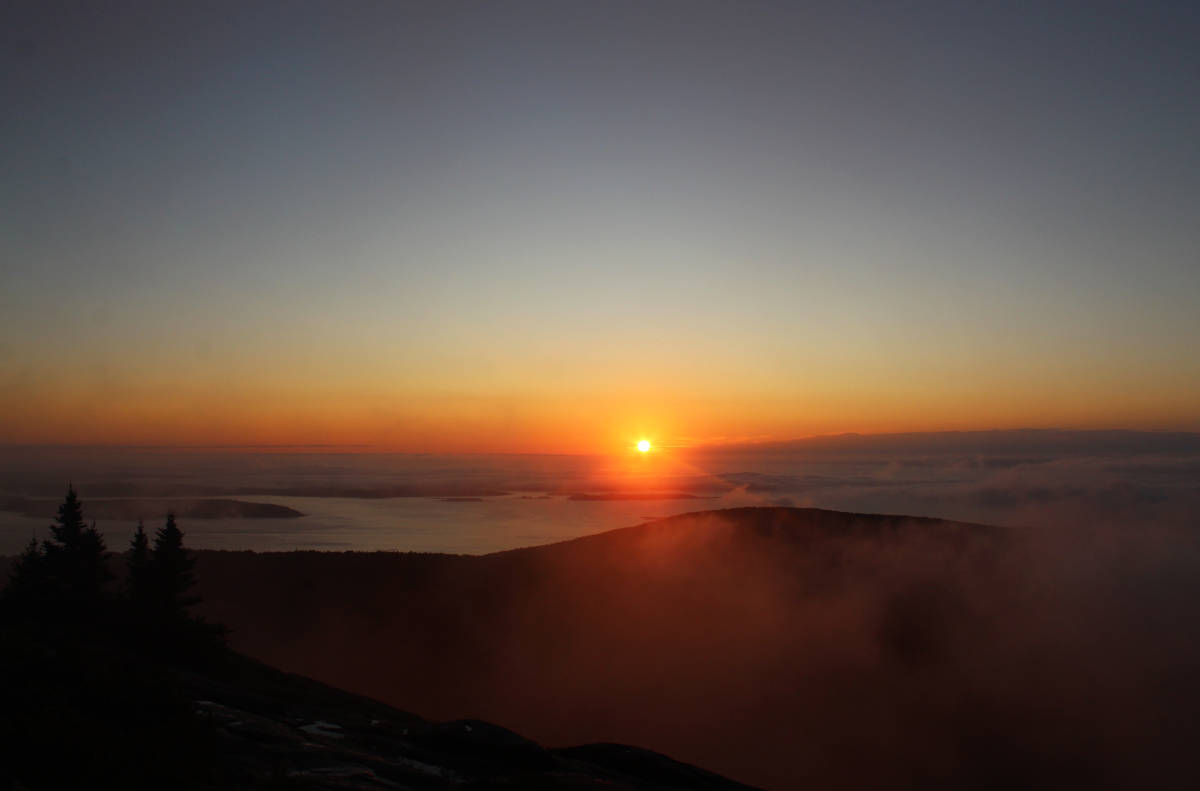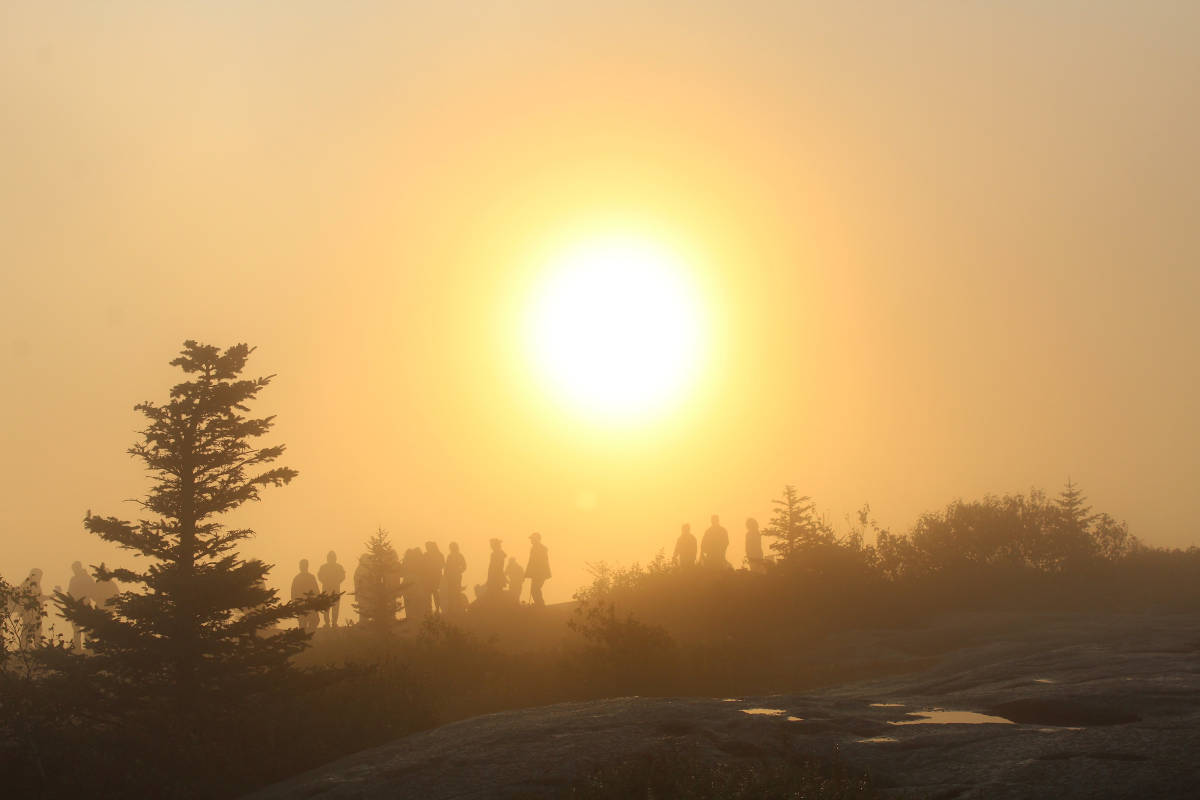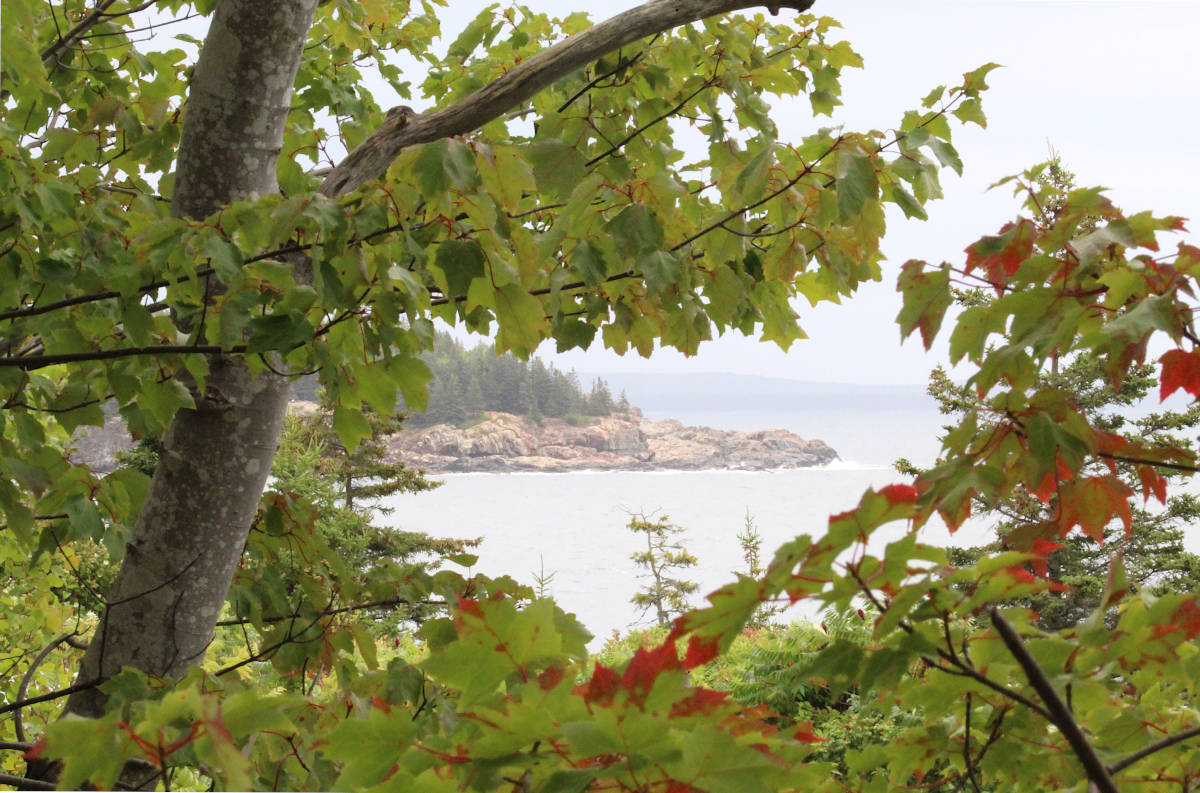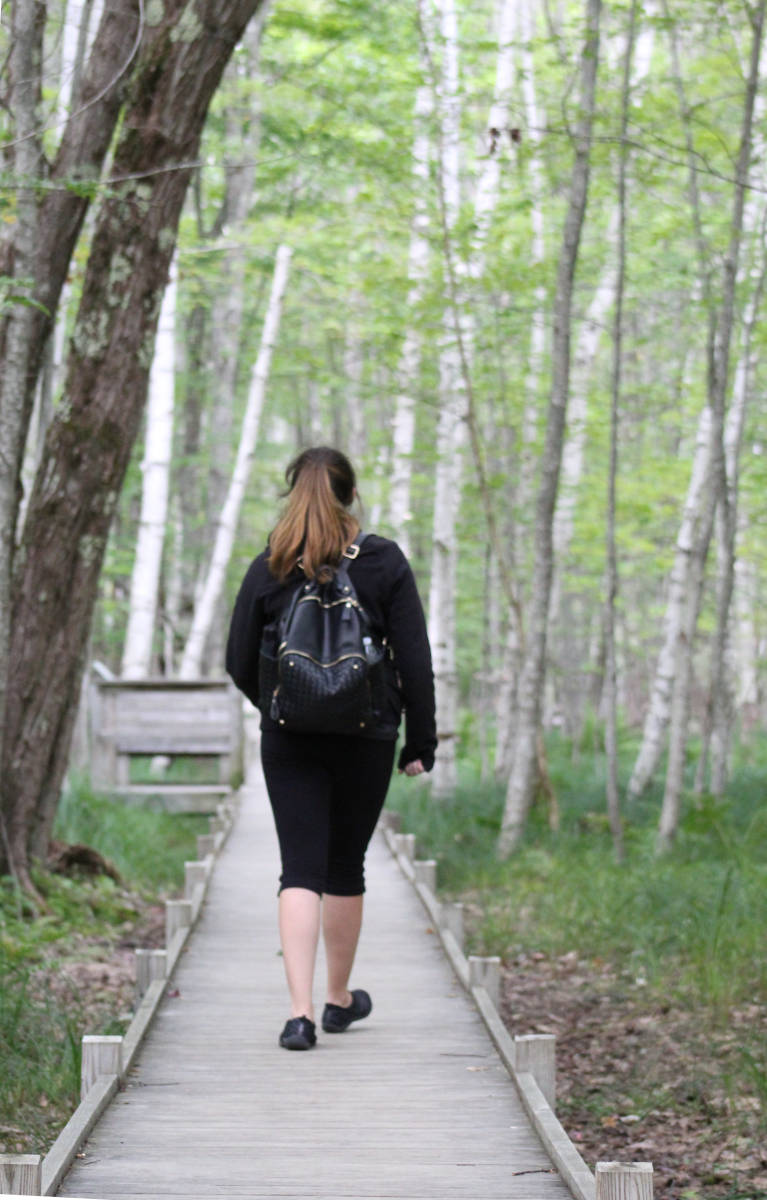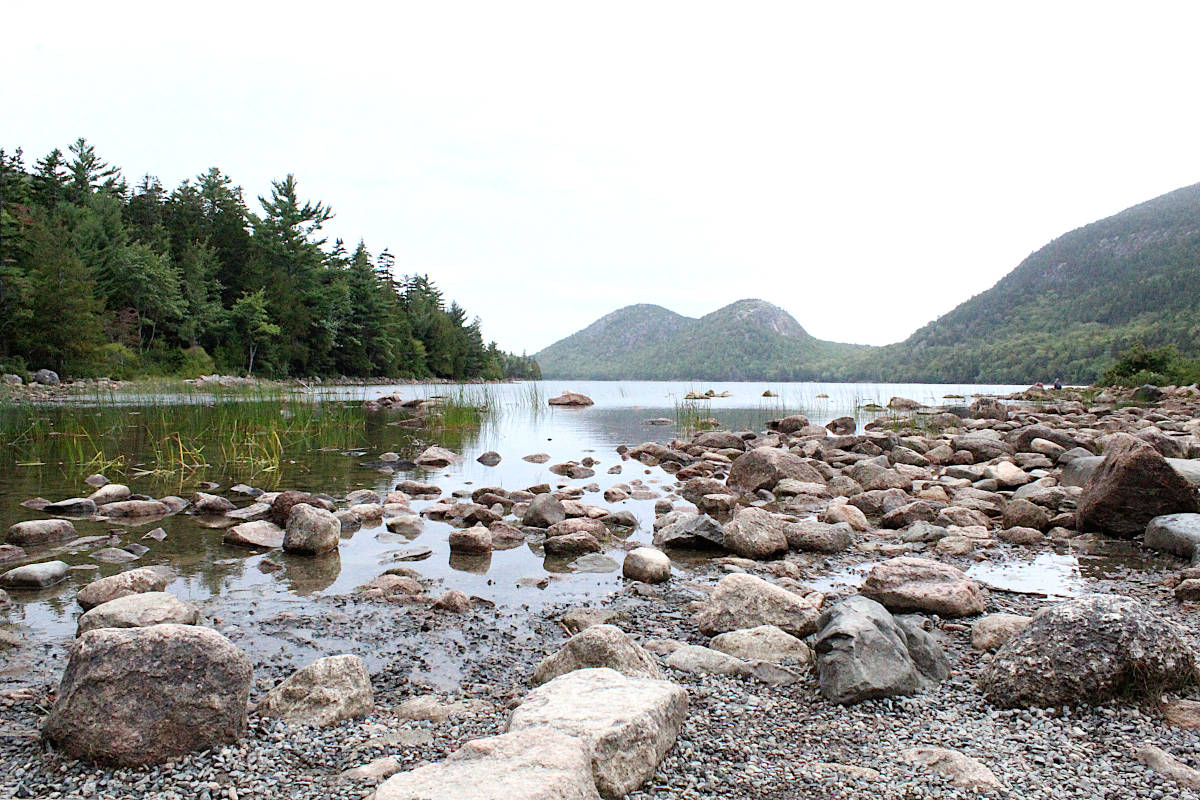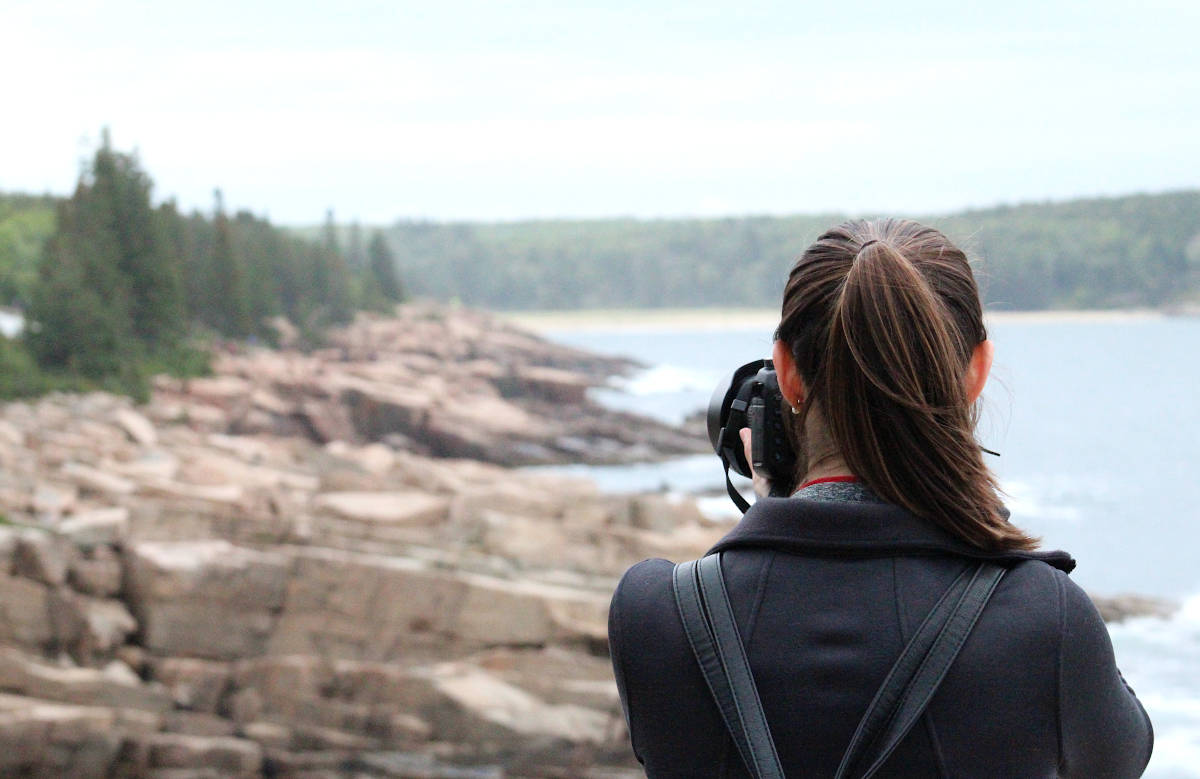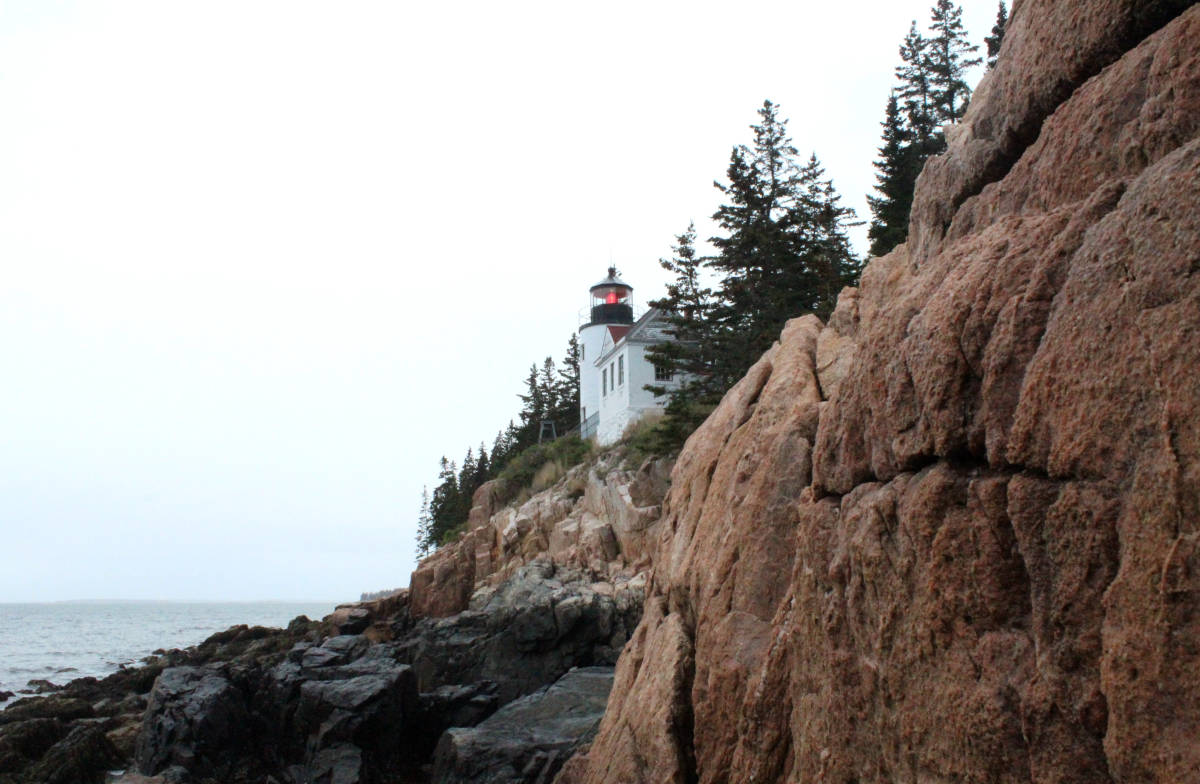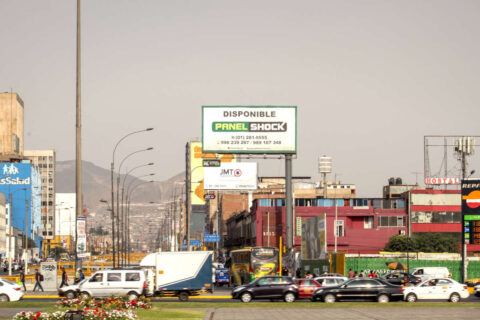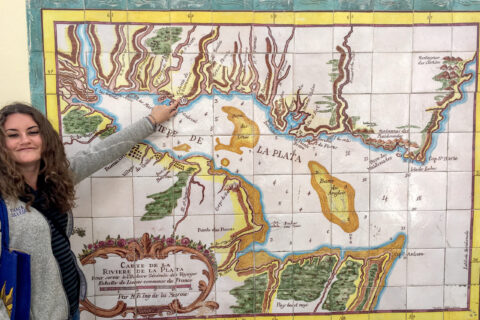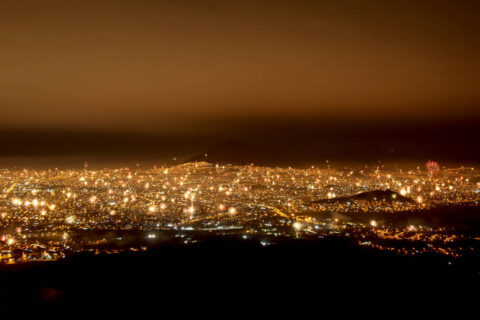AUTHOR
Sierra Vorsheim
DATE
August 10, 2020
We’re living in a time of turmoil. The COVID-19 pandemic ravages the human race much in the same way that the human race has ravaged the planet. The battle for social justice and equality continues on and, to what end? Personally, I’m uncertain.
In times like this, it’s so easy to be caught up in the present moment, in the death, destruction, depression, that, sometimes, we can forget about the small things that make day-to-day life, despite the turmoil, beautiful. I’m reminded of this as I reflect upon being stuck in traffic to watch a sunrise on Cadillac Mountain last fall.
In the National Park System, it’s always been wonderful to me how excited others get about things which, perhaps in other contexts, would be nothing out of the ordinary. A grizzly bear spotted across a lake at the end of a hike in Glacier National Park, whispered about by hikers heading back to their cars, causes those on the trail to eagerly hurry their pace, hoping that they’ll catch a glimpse as well. A small group of grazing longhorn sheep brings cars to a stop in the Badlands (bonus points if there’s a ram!). Crowds gather throughout the day to watch Old Faithful erupt in Yellowstone.
For me, sunrise on Cadillac Mountain hits this idea home all the more. Sunrise is something that happens everyday and, yet, I now find myself asking, how often do I bother to wake up early to view it? How often do you find yourself waking up early to watch the sunrise?
I’m certainly not an early bird and I can say with near certainty that, in the past year, I’ve woken up early for the sole purpose to watch a sunrise perhaps 2 or 3 times. One of these times was to view it from the top of Cadillac Mountain and, in this instance, I felt a particular FOMO at the same time that I was grumpily forcing myself out of bed at 4:30 in the morning.
This grumpiness soon gave way to a mere grogginess which then proceeded to turn into a type of anticipation as we drove along the dark, misty roads, soon discovering that, what few cars we did come upon this early, were all going to the same place. And then we found ourselves in a steady stream of traffic heading up the road on Cadillac Mountain. Not anything like rush hour in a major metropolitan area, of course, but just enough to slow our pace and cause us to realize, wow, there are a bunch of people heading up here to see this.
When we reached the top of the mountain, I found myself eagerly leaping out of the car. We scurried over to the winding paths that criss cross along the mountain peak, rushing, hoping to stake out the best spot for our sunrise photography and viewing pleasure, devoid of the crowd that could block what was about to unfold before us.
We went there for peace and quiet, a moment of serenity in nature and found ourselves worried about the noise of the crowd. This worry, though, proved to be unfounded, with but the occasional irritatingly loud speaker who, thankfully, eventually died down into silence.
The crowd gazed out at the mistiness in silence, awaiting the coming, golden orb to rise above the horizon. And it came and delivered, just what we expected and more. It was an experience that was all too familiar, something which had been happening every single day of our lives which now, in this moment, had been turned into something spectacular, something new: a spectacle.
This was sunrise on Cadillac Mountain, one of, if not THE first place you can watch the sunrise on the continental US. This is also what Acadia National Park, to me, someone who grew up spending summers on the New England coast, is all about: something familiar, with the touch of the unfamiliar. Something fantastic that is, at the same time, ordinary. Something you just can’t miss nor that you want to miss.
In juxtaposition, however, to the natural beauty is the deep-seated history. There are few places that remind me of the colonial history of the United States more than the New England coast. The winding roads of Acadia, enveloped in trees just beginning to change their colors for the oncoming winter, are representative of a park that is distinctly in touch with, not only its natural history, but also its colonial history.
A place that has been revered for both its natural resources and beauty, Acadia National Park has changed hands, laid abandoned, and then been occupied once again a number of times, and you can feel this in the winding stretches of road, which weave into the park then out of it then back into it again. You enter the natural wonders and then exit upon coming upon a small New England town, a brief, yet charming, interruption to the beauty of the park itself.
Had Bar Harbor been left to expand outward, it would have intruded into the very confines of Acadia National Park itself. Those who were passionate about the natural spaces that are now protected within the confines of the park, however, refused to let this happen.
The common story of natural land today is of its destruction. Acadia National Park’s history offers an alternative story. A story in which, rather than expanding destruction, there’s expanding protection. A story in which land that could have easily remained privately-owned and open to development was instead protected by people who thought it was worth protecting.
The expansion is slow and gradual, piece by piece, and not without challenges of respecting the property rights of those already living there however it is happening and it’s protecting a place where we can appreciate such joys as the spectacle of a sunrise on Cadillac Mountain. Or a stroll along a boardwalk through birch and hemlock trees on Jesup Path. Or a lunch of chowder and smoked fish and crazy fantastic popovers at the Jordan Pond House, looking out at the bulbous two peaks so appropriately nicknamed “The Bubbles”. Or a stroll along Ocean Path, overlooking the rugged coastline. Or a visit to the Bass Harbor Lighthouse.
Acadia is all of this and more. I can only hope that the expansion and protection of Acadia is replicated elsewhere in the future, whether it be in the expansion of the protection of more natural lands or in the expansion of policies that promote social justice and prevent the violence that was inflicted by colonialism in the past and continues on into present day. We’ll see. At least, until then, there are sunrises to look forward to.

